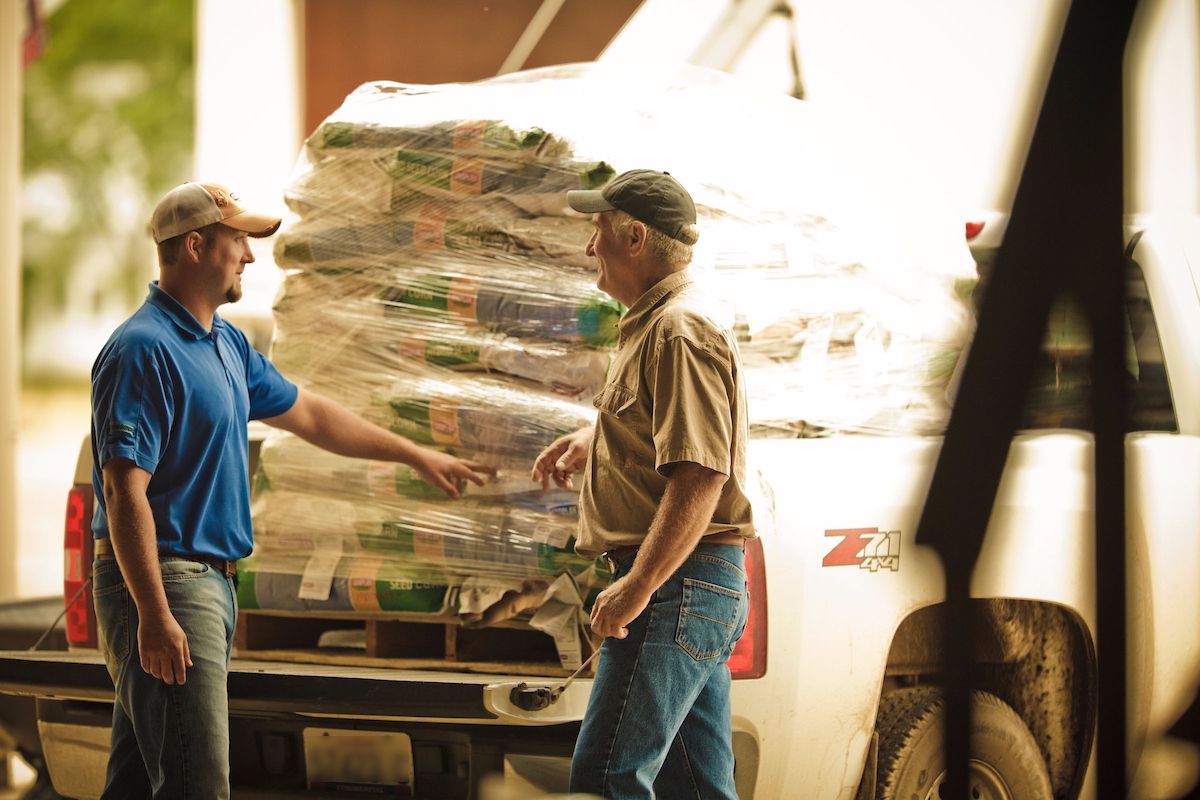6 Tips for Navigating Difficult Conversations

There are many things that could go wrong during a growing season, resulting in irritation on the part of a customer. You may dread having to make an in-person follow-up visit because you know you’ll get an earful.
The bottom line is, it’s better to tackle these talks sooner rather than later so that tensions can be quickly diffused. Here are some tips I’ve collected from my experiences over the years to help ensure that difficult conversations end well.
1. Let the farmer talk.
For example, if a farmer is not seeing the benefits of ag technology, listen to those frustrations and then respond appropriately.
I tell farmers that technology doesn’t make yield, but it does tell us how to react to the environment and help us make better decisions. The decisions we make as a result of technology are what provide yield potential. So did we use technology correctly? Did we use it and not listen to it? Or did we ignore it altogether and not let it help us create any action items? Talking through these types of variables will enable better use of technology in the future.
2. Ask a lot of questions. Listen to the answers.
If you aren’t getting a satisfactory answer to a question, ask it in a different way. Take careful note of the farmer’s answers. Make it a two-way conversation, but err on the side of listening.
Use the initial visit as an opportunity to gather information. Then, create a proposal and return within an appropriate time period to present it to the farmer. Maybe it includes a recommendation for grid sampling to better determine soil variability or for using in-season imagery more proactively. You may also want to present some data, if appropriate, and have your tablet handy to pull something up online.
3. Walk the problem field with the farmer.
Weather permitting, get out into the field with the farmer so you can see the problem firsthand. This will help you visualize what happened and what could be changed for next year.
4. Don’t jump to conclusions.
You may hear a farmer tell you about a problem, then you jump in immediately with a way to fix it. Wait until closer to the end of your conversation to offer advice. You may hear something else during the course of your meeting — or see something if you are out walking the field — that prompts you to present that advice differently or provide a different perspective altogether.
5. Offer recommendations to solve the problem for next season.
I always tell a farmer, “We can’t go back in time and correct things this year. But we can correct things for the future. Here are some potential solutions we can explore to help make sure this doesn’t happen again.” That’s the most you can promise, and the farmer will appreciate your candor.
6. Don’t forget the follow-through.
Navigating problems alongside the farmer strengthens the relationship, because you become more trusted. Follow-through is huge. You must do what you say you’re going to do for that farmer.
The bottom line is, it’s better to tackle these talks sooner rather than later so that tensions can be quickly diffused. Here are some tips I’ve collected from my experiences over the years to help ensure that difficult conversations end well.
1. Let the farmer talk.
For example, if a farmer is not seeing the benefits of ag technology, listen to those frustrations and then respond appropriately.
I tell farmers that technology doesn’t make yield, but it does tell us how to react to the environment and help us make better decisions. The decisions we make as a result of technology are what provide yield potential. So did we use technology correctly? Did we use it and not listen to it? Or did we ignore it altogether and not let it help us create any action items? Talking through these types of variables will enable better use of technology in the future.
2. Ask a lot of questions. Listen to the answers.
If you aren’t getting a satisfactory answer to a question, ask it in a different way. Take careful note of the farmer’s answers. Make it a two-way conversation, but err on the side of listening.
Use the initial visit as an opportunity to gather information. Then, create a proposal and return within an appropriate time period to present it to the farmer. Maybe it includes a recommendation for grid sampling to better determine soil variability or for using in-season imagery more proactively. You may also want to present some data, if appropriate, and have your tablet handy to pull something up online.
3. Walk the problem field with the farmer.
Weather permitting, get out into the field with the farmer so you can see the problem firsthand. This will help you visualize what happened and what could be changed for next year.
4. Don’t jump to conclusions.
You may hear a farmer tell you about a problem, then you jump in immediately with a way to fix it. Wait until closer to the end of your conversation to offer advice. You may hear something else during the course of your meeting — or see something if you are out walking the field — that prompts you to present that advice differently or provide a different perspective altogether.
5. Offer recommendations to solve the problem for next season.
I always tell a farmer, “We can’t go back in time and correct things this year. But we can correct things for the future. Here are some potential solutions we can explore to help make sure this doesn’t happen again.” That’s the most you can promise, and the farmer will appreciate your candor.
6. Don’t forget the follow-through.
Navigating problems alongside the farmer strengthens the relationship, because you become more trusted. Follow-through is huge. You must do what you say you’re going to do for that farmer.


